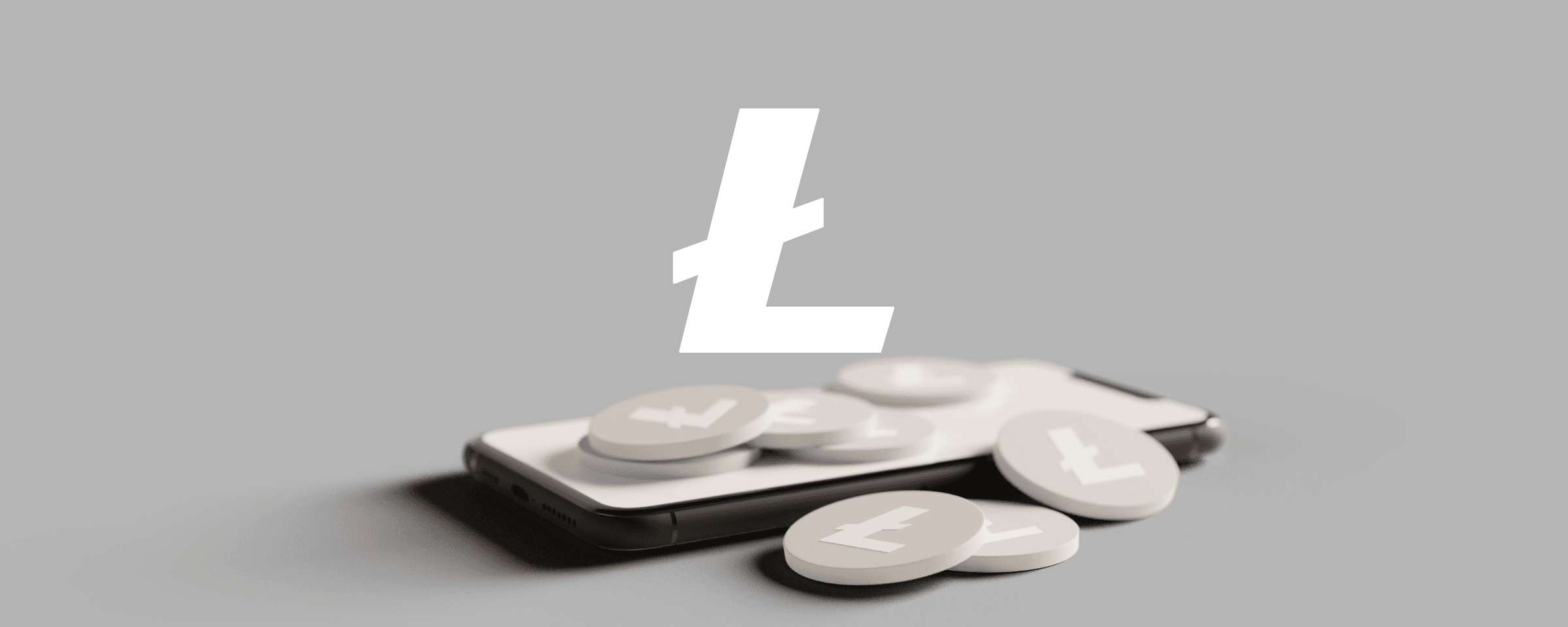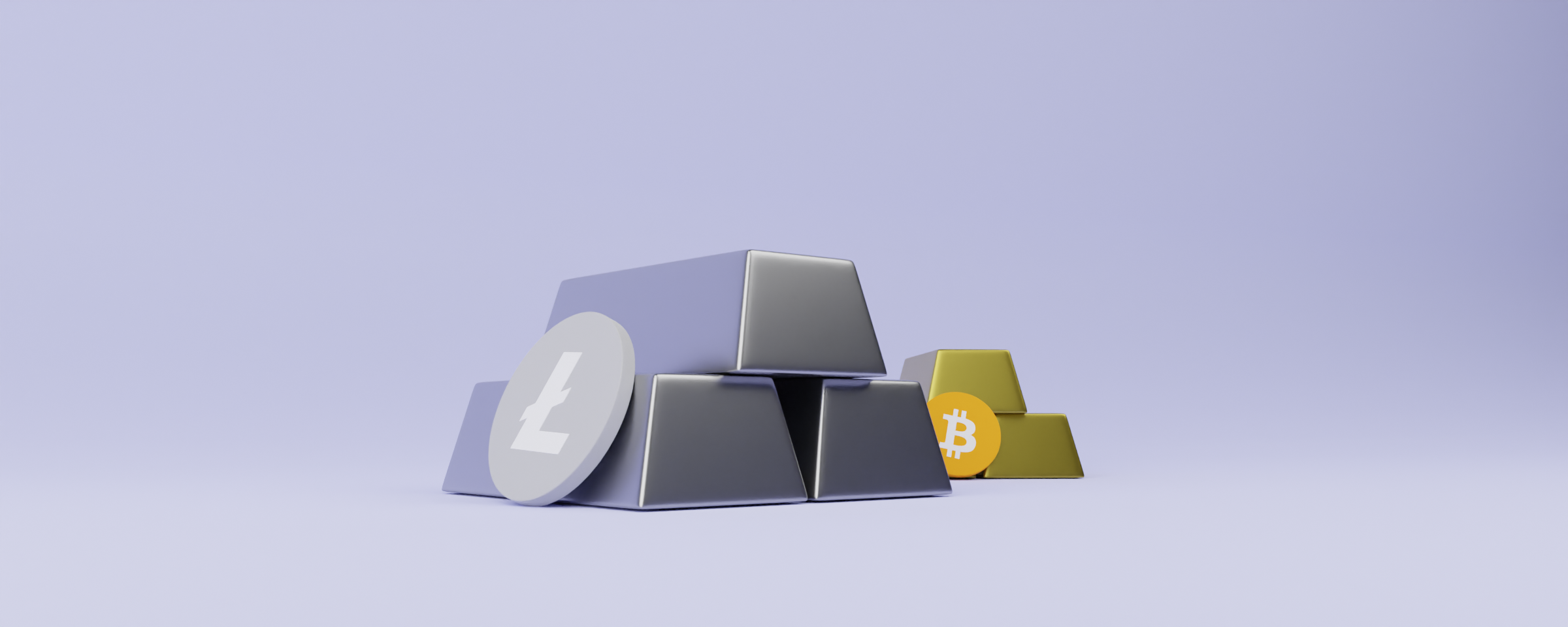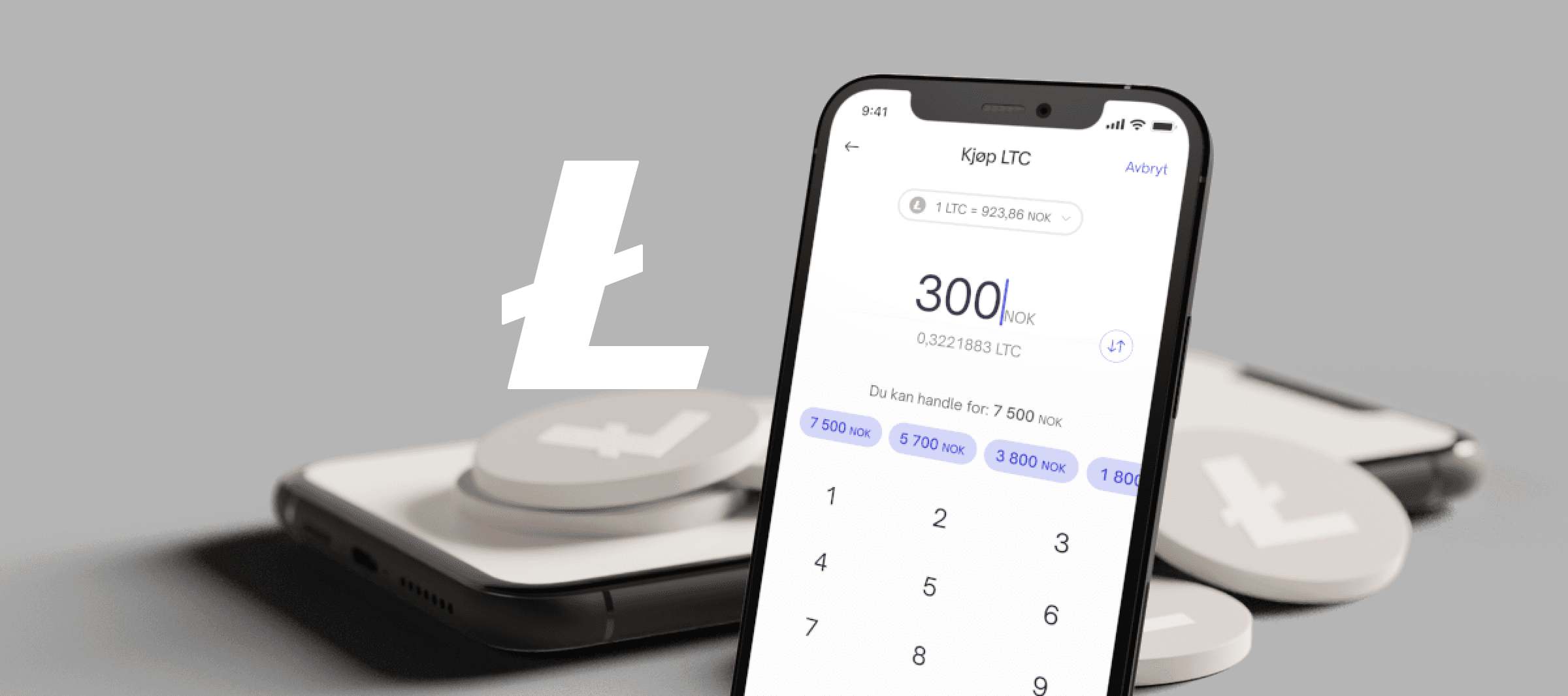
How to store litecoin in a decentralized wallet
Because Litecoin is a decentralized network, it is possible to create a separate, private Litecoin wallet where you can store your litecoins.
When you create a digital wallet directly on the Litecoin network, you receive what is called a public key (public key) and a private key (private key) that is associated with your wallet. Because Litecoin is a decentralized network, it is possible to create a own, private Litecoin wallet where you can store your litecoins.
When you create a digital wallet directly on the Litecoin network, you receive what is called a public key (public key) and a private key (private key) that is associated with your wallet.
A public key can be compared to an account number for your digital wallet. For example, if someone is going to send you litecoin, they need access to your public key associated with your Litecoin wallet. You can safely send others your public key. A public key is a combination of letters and numbers that are unique to your digital wallet.
A private key can be compared to the password of your digital wallet. A private key is a combination of letters and numbers that are unique to your digital wallet.
A private key can also be generated in the form of a seed phrase, which in practice is 12 words that acts as a backup of your private key. If someone has access to your private key or your seed phrase, they will also have access to their cryptocurrency belonging to their wallet. It is therefore important not to share your private key with anyone.
It is important to note that a digital Litcoin wallet only supports Litecoin. For example, if you send bitcoins from a Bitcoin wallet to a Litecoin wallet, the bitcoins that are sent will be gone forever. Therefore, you need to be very aware of which public key you send and receive cryptocurrency on.




